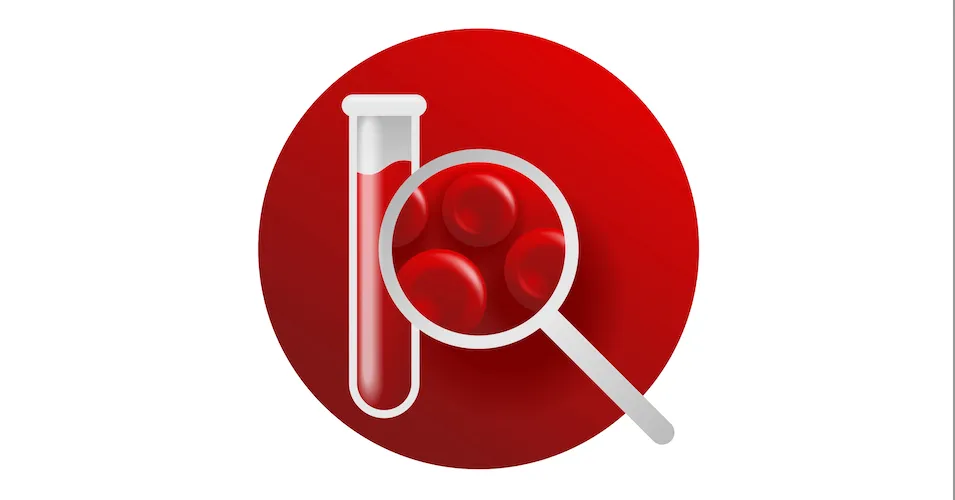Low-Risk MDS Patients See Limited Benefit from Traditional Anemia Treatment (ESAs)

A study published in the journal Clinical Lymphoma, Myeloma, and Leukemia examined the use of erythropoiesis-stimulating agents (ESAs) in patients with lower-risk myelodysplastic syndromes (LR-MDS). While ESAs are a traditional treatment for anemia in low-risk MDS, the study results found no significant benefit for patients, opening the discussion to find new and better treatment options for this group of patients.
What are ESAs?
Erythropoiesis-stimulating agents are medications that promote the production of red blood cells, they are commonly used to treat anemia in MDS patients.
Anemia is a common issue for MDS patients. It results from ineffective red blood cell production and causes symptoms like fatigue, weakness, dizziness, or lightheadedness. It can also cause skin pallor and, in severe cases, shortness of breath.
While treating anemia in all patients is essential, finding the most effective option for each patient based on their individual characteristics is a step forward for personalized medicine This is why studies that analyze the real-world data of conventional treatments’ effectiveness are crucial.
This new study puts to test traditionally used medications for low-risk MDS and assesses how effective they really are compared to factors like hospitalization time and side effect management.
What are the Study Details?
This was a real-world retrospective study of patients with low-risk MDS that used data from the Syapse Learning Health Network (LHN), a database of cancer patients treated in large US community health systems across 25 states, including more than 450 hospitals and over 1300 oncologists.
142 low-risk MDS patients were included in the analysis, with a median follow-up of 17 months. The median age was 79, 54% were male, and 96% were White.
- Of the 142 patients, 57% started on darbepoetin alfa and 43% on epoetin alfa
- 34% of patients were transfusion-dependent at the moment of diagnosis
- 64% of patients had at least one hospital admission
- The Median hospital stay was 9.5 days
- 44% of patients needed to visit the emergency department at least once
What are the Study Results?
- Only 26% of patients had an improvement in their red blood cell counts
- 6% progressed to high-risk MDS
- 4% progressed to acute myeloid leukemia (AML)
- 50% of patients remained transfusion-dependent
- Among patients receiving ESAs for the second time or more, 65% found that the treatment eventually lost its effectiveness.
What are the Alternatives to Erythropoiesis-Stimulating Agents (ESA)?
Luspatercept is a new treatment approved by the FDA to treat patients with anemia who depend on transfusions. It has demonstrated great results and fewer side effects compared with ESAs. It can also be used in patients for whom erythropoietin-stimulating agents are no longer effective.
Conclusions
This real-world study highlights the limited effectiveness of erythropoietin-stimulating agents in low-risk MDS patients and suggests a need for alternative treatments, noting that newer options like luspatercept may offer better outcomes.
It also highlights the need for ongoing patient assessment to identify how traditional treatments can be optimized to provide the best quality of life for people with MDS.
If you want to keep track of your health, even from separate facilities, you can securely connect your records to HealthTree, easily track your lab values, and access many more free resources by creating a free HealthTree account!
Sources:
A study published in the journal Clinical Lymphoma, Myeloma, and Leukemia examined the use of erythropoiesis-stimulating agents (ESAs) in patients with lower-risk myelodysplastic syndromes (LR-MDS). While ESAs are a traditional treatment for anemia in low-risk MDS, the study results found no significant benefit for patients, opening the discussion to find new and better treatment options for this group of patients.
What are ESAs?
Erythropoiesis-stimulating agents are medications that promote the production of red blood cells, they are commonly used to treat anemia in MDS patients.
Anemia is a common issue for MDS patients. It results from ineffective red blood cell production and causes symptoms like fatigue, weakness, dizziness, or lightheadedness. It can also cause skin pallor and, in severe cases, shortness of breath.
While treating anemia in all patients is essential, finding the most effective option for each patient based on their individual characteristics is a step forward for personalized medicine This is why studies that analyze the real-world data of conventional treatments’ effectiveness are crucial.
This new study puts to test traditionally used medications for low-risk MDS and assesses how effective they really are compared to factors like hospitalization time and side effect management.
What are the Study Details?
This was a real-world retrospective study of patients with low-risk MDS that used data from the Syapse Learning Health Network (LHN), a database of cancer patients treated in large US community health systems across 25 states, including more than 450 hospitals and over 1300 oncologists.
142 low-risk MDS patients were included in the analysis, with a median follow-up of 17 months. The median age was 79, 54% were male, and 96% were White.
- Of the 142 patients, 57% started on darbepoetin alfa and 43% on epoetin alfa
- 34% of patients were transfusion-dependent at the moment of diagnosis
- 64% of patients had at least one hospital admission
- The Median hospital stay was 9.5 days
- 44% of patients needed to visit the emergency department at least once
What are the Study Results?
- Only 26% of patients had an improvement in their red blood cell counts
- 6% progressed to high-risk MDS
- 4% progressed to acute myeloid leukemia (AML)
- 50% of patients remained transfusion-dependent
- Among patients receiving ESAs for the second time or more, 65% found that the treatment eventually lost its effectiveness.
What are the Alternatives to Erythropoiesis-Stimulating Agents (ESA)?
Luspatercept is a new treatment approved by the FDA to treat patients with anemia who depend on transfusions. It has demonstrated great results and fewer side effects compared with ESAs. It can also be used in patients for whom erythropoietin-stimulating agents are no longer effective.
Conclusions
This real-world study highlights the limited effectiveness of erythropoietin-stimulating agents in low-risk MDS patients and suggests a need for alternative treatments, noting that newer options like luspatercept may offer better outcomes.
It also highlights the need for ongoing patient assessment to identify how traditional treatments can be optimized to provide the best quality of life for people with MDS.
If you want to keep track of your health, even from separate facilities, you can securely connect your records to HealthTree, easily track your lab values, and access many more free resources by creating a free HealthTree account!
Sources:

about the author
Jimena Vicencio
Jimena is an International Medical Graduate and a member of the HealthTree Writing team. She has a passion for languages and is currently learning Japanese. In her free time, she loves playing with her cats. Jimena is also pursuing a bachelor's degree in journalism.
More on Navigating Your Health
Trending Articles
Get the Latest Myelodysplastic Syndromes Updates, Delivered to You.
By subscribing to the HealthTree newsletter, you'll receive the latest research, treatment updates, and expert insights to help you navigate your health.
Together we care.
Together we cure.
3x Faster.








